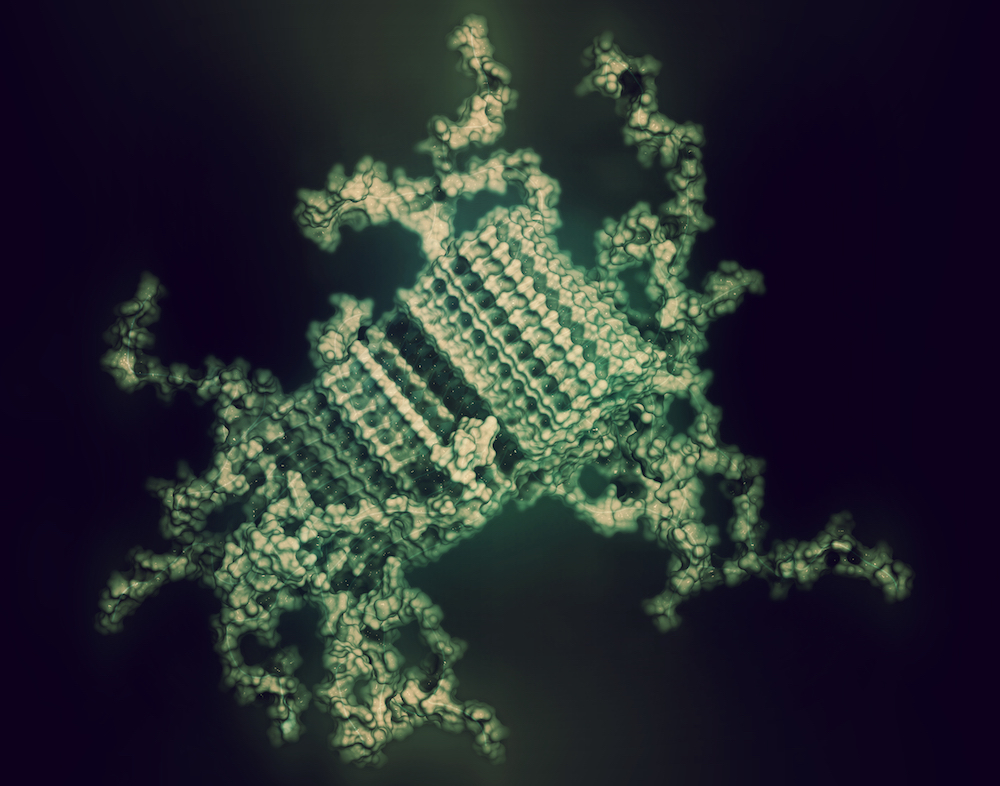What did the team do and what did they find?
The researchers used post-mortem brain tissue from 15 people who had Parkinson’s, and compared the findings to control samples from 14 people who did not have the disease (controls). They analysed the major cell types in the brain, and found that in the brains of people who had Parkinson’s, there was a significant decrease in the number of neurons present, compared to the control samples. This was accompanied by an increase in certain populations of glial cells, a type of supporting cell in the brain, and T cells, a type of white blood cell involved in the immune system.
When they broke the cell types down into subpopulations, Dr Metzakopian and his team identified subsets of the different cell types that were depleted in the Parkinson’s brains. They then analysed the genes present in these depleted subsets, and found that there was a reduction in the levels of a protein called tyrosine hydroxylase, involved in the synthesis of dopamine. They identified 28 overlapping genes in the depleted cells, including some associated with the breakdown of dopamine.
What is the impact of these findings?
The study reveals key insights into the mechanisms behind Parkinson’s disease, how dopaminergic neurons are lost in the condition and how the supporting cells in the brain respond to this.
Dr Emmanouil Metzakopian, former UK DRI at Cambridge Group Leader, explained:
“Through our study, we've unveiled a rich resource for Parkinson's disease research, offering an unprecedented insight into the intricate cellular landscape of the substantia nigra. Beyond the expected degeneration of dopaminergic neurons, we've observed significant changes in astrocytes, microglia, and oligodendrocytes.
The diversity and vulnerability of these cell populations underscore the complex, multi-cellular basis of Parkinson’s. This dataset not only validates but also expands on previous studies, shedding light on the distinct molecular profiles of various cell types in Parkinson's.
This dataset not only provides a valuable foundation for hypothesis-driven experiments but also offers a benchmark for future studies. We believe our work marks a significant step forward in understanding the cellular changes underlying Parkinson's disease, offering a unique and valuable resource for researchers worldwide.”
To find out more about Dr Metzakopian’s work, visit his UK DRI alumni profile. To keep up to date with the latest UK DRI news and events, sign up to receive our monthly newsletter.
Reference:
Martirosyan, A., Ansari, R., Pestana, F. et al. Unravelling cell type-specific responses to Parkinson’s Disease at single cell resolution. Mol Neurodegeneration 19, 7 (2024). https://doi.org/10.1186/s13024...
Article published: 22 January 2024
Banner image: Shutterstock/Studio Molekuul


